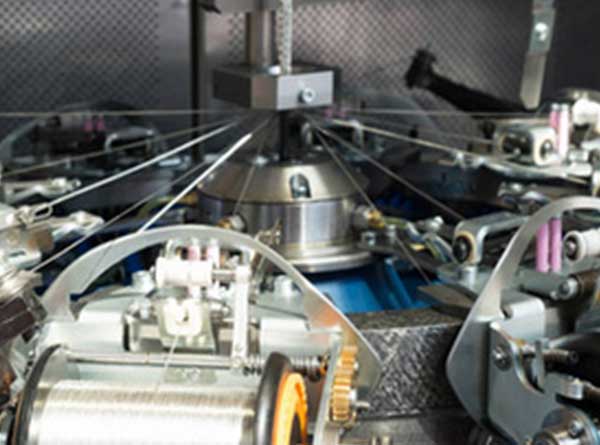
Aluminum alloy power cable is a new type of material power cable with AA8030 series aluminum alloy material as the conductor, and adopts special roll forming wire stranding production technology and annealing treatment. Alloy power cables make up for the shortcomings of pure aluminum cables in the past. Although the electrical conductivity of the cable is not improved, the bending performance, creep resistance and corrosion resistance are greatly improved, which can ensure that the cable remains continuous during long-term overload and overheating. The performance is stable. The use of AA8030 series aluminum alloy conductors can greatly improve the conductivity and high temperature resistance of the aluminum alloy cable, while solving the problems of pure aluminum conductors and creep. The electrical conductivity of aluminum alloy is 61.8% of the most commonly used benchmark material copper IACS, and the current carrying capacity is 79% of copper, which is better than the pure aluminum standard. But under the same volume, the actual weight of aluminum alloy is about one-third of copper. Therefore, the weight of the aluminum alloy cable is about half of the copper cable at the same current carrying capacity. Using aluminum alloy cables to replace copper cables can reduce cable weight, reduce installation costs, reduce equipment and cable wear, and make installation easier.
1. The aluminum alloy cable adds copper, iron, magnesium, silicon, zinc, boron and other alloy elements to the electrical aluminum, and at the same time, through the process adjustment, the mechanical properties of the aluminum alloy conductor are greatly improved, and the low elongation of the pure aluminum conductor is avoided. The problems of poor creep resistance and poor flexibility increase the connection reliability of the cable system. In addition, keep the electrical properties of aluminum alloys on the same level as electrical aluminum conductors, above 61% IACS.
2. The DC resistance assessment indicators of aluminum alloy electrical conductors can refer to the DC resistance value of solid conductors or stranded conductors in GB/T3956-2008 "Cable Conductors", and there is already AA8030 in GB/T3954-2014 "Electrician Aluminum Rods" And other types of rods.
3. Alloy power cables make up for the shortcomings of pure aluminum cables in the past. Although the electrical conductivity of the cable is not improved, the bending performance, creep resistance and corrosion resistance are greatly improved, which can ensure that the cable remains continuous during long-term overload and overheating. Stable performance, the use of AA8030 series aluminum alloy conductors can greatly improve the conductivity and high temperature resistance of aluminum alloy cables, and at the same time solve the problems of electrochemical corrosion and creep of pure aluminum conductors.
4. Electrical conductivity The electrical conductivity of aluminum alloy is 61.8% of the most commonly used benchmark material copper IACS, and the current carrying capacity is 79% of copper, which is better than the pure aluminum standard. But under the same volume, the actual weight of aluminum alloy is about one-third of copper. Therefore, the weight of the aluminum alloy cable is about half of the copper cable at the same current carrying capacity. Using aluminum alloy cables to replace copper cables can reduce cable weight, reduce installation costs, reduce equipment and cable wear, and make installation easier.
5. Weight Under the premise of meeting the same electrical performance, the weight of the aluminum alloy cable is half of the copper core cable, and its section is 1.1-1.25 times that of the traditional copper core cable, and the price is 15-30% lower than that of the traditional copper core cable.
Copyright © Hubei Hongle Cable Co., Ltd
Record No:鄂ICP备19017660号 Technical support:![]() onnuoIAD
onnuoIAD